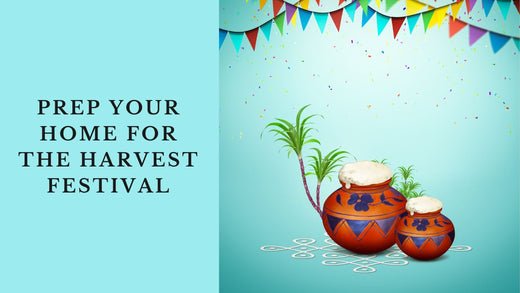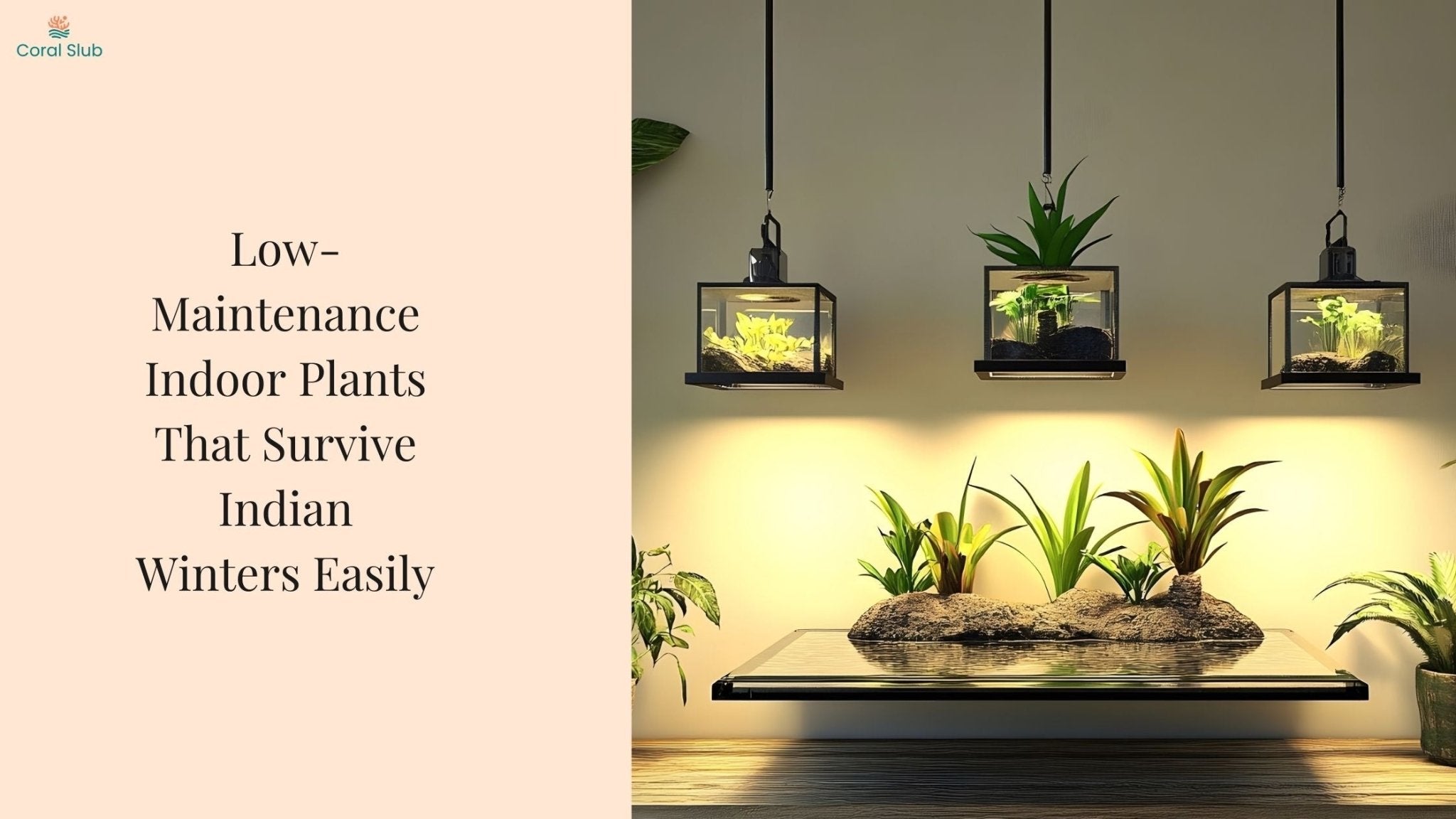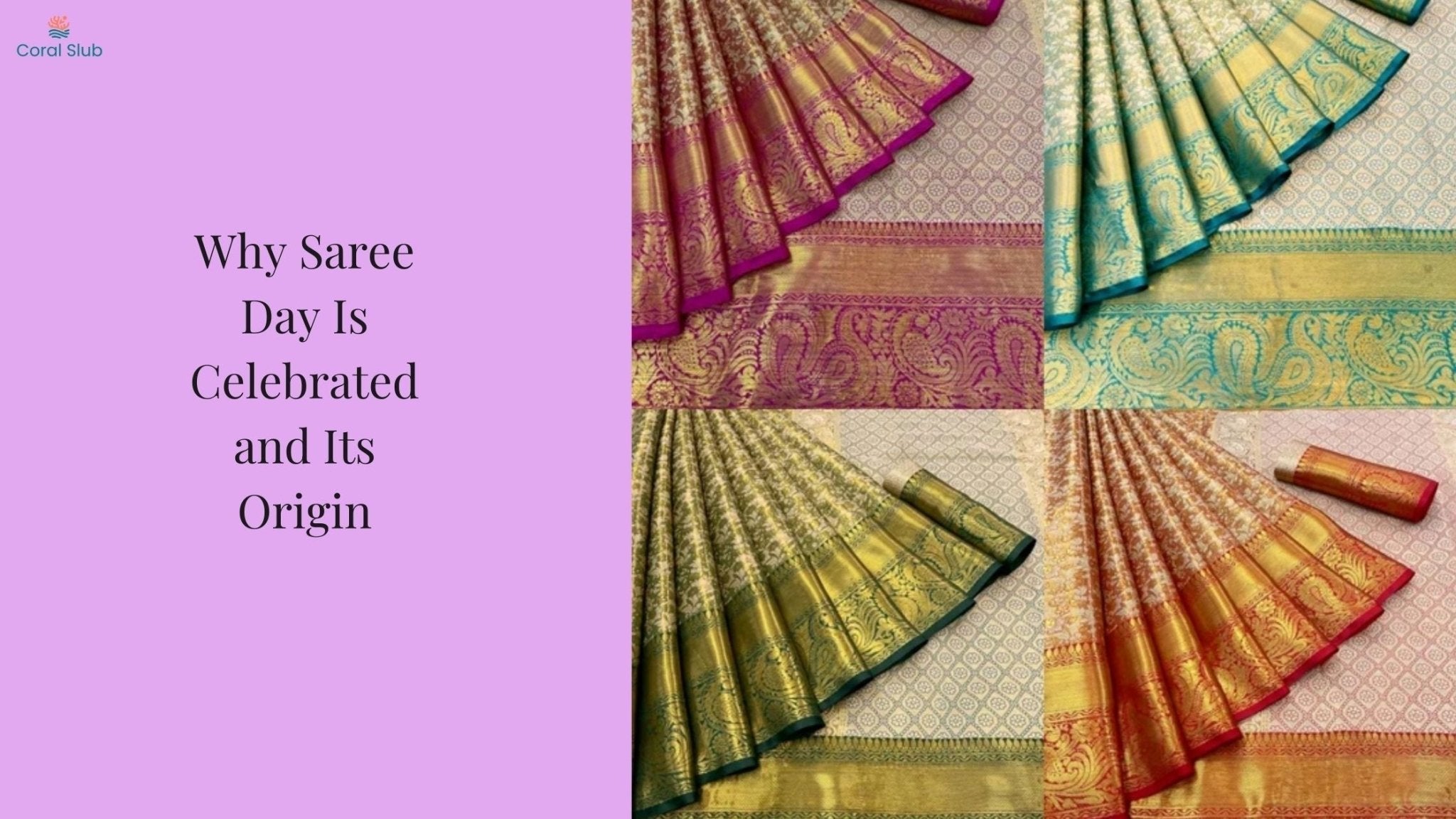The vibrant harvest festival of Pongal brings with it not just the promise of abundance but also an opportunity to transform our homes into spaces that reflect the rich cultural heritage of South India. In this comprehensive guide, we'll explore how to blend traditional elements with contemporary design ideas to create a festive atmosphere that honors this four-day celebration.
Understanding Pongal's Cultural Significance

Pongal, celebrated primarily in Tamil Nadu and other parts of South India, is a four-day harvest festival that typically falls in mid-January. The celebration begins with Bhogi Pongal, a day of new beginnings and home renewal. This is followed by Surya Pongal, the main festival day dedicated to the Sun God. The third day, Mattu Pongal, honors cattle and their contribution to agriculture, while the final day, Kaanum Pongal, is devoted to family gatherings and community celebration.
Essential Elements of Traditional Pongal Décor
1. Kolam Designs: The Heart of Pongal Decorations

The most iconic element of Pongal decorations is the Kolam, intricate patterns created with rice flour or colored powders at the entrance of homes. These geometric designs serve both aesthetic and spiritual purposes. Traditional patterns often incorporate agricultural motifs, with the use of rice flour symbolizing prosperity and sharing. Each morning during the festival, fresh Kolams are created, marking the beginning of a new day of celebration.
2. Floral Decorations: Nature's Color Palette

Fresh flowers play a crucial role in Pongal decorations, with marigold garlands bringing their vibrant yellow color to the festivities. Jasmine strings add their pure white beauty and enchanting fragrance to the décor. Traditional combinations of mango leaves and flowers create an authentic festival atmosphere, while carefully arranged floral displays around the Pongal pot enhance its sacred significance.
3. The Sacred Pongal Pot

The decorated earthen pot, or "Pongal Panai," holds special significance in the celebration. These pots are often hand-painted with traditional designs and adorned with turmeric leaves and garlands. During Surya Pongal, the pot takes a prominent position in the home, typically surrounded by sugarcane stalks, symbolizing the abundance of the harvest.
Modern Interpretations of Pongal Décor
1. Contemporary Lighting Solutions

Modern celebrations often incorporate string lights to illuminate entrances and balconies, creating a magical atmosphere. LED diyas offer a safe alternative to traditional oil lamps, while subtle accent lighting can be used to highlight decorative elements throughout the home.
2. Eco-Friendly Decorative Elements

Today's environmentally conscious celebrations often feature banana leaf arrangements for sustainable décor. Recyclable materials can be creatively used for crafting decorative items, while natural fiber textiles add texture and warmth to table settings and wall hangings.
3. Fusion Décor Ideas

Contemporary Kolam designs using modern materials offer a fresh take on tradition, while minimalist interpretations of traditional motifs bridge the gap between old and new. Color-coordinated décor schemes can effectively blend traditional and modern elements, creating a harmonious celebration space.
The Color Palette of Pongal Celebrations

The festival of Pongal embraces a rich tapestry of colors that reflect the essence of the harvest season. Deep yellows and gold tones symbolize the sun's blessing and prosperity, while fresh greens represent the abundance of harvest. Earth tones of brown and terracotta connect the festivities to their agricultural roots, complemented by pure whites that signify new beginnings and warm reds that infuse the space with festive energy.
Creating the Perfect Pongal Table

The art of setting a Pongal table seamlessly blends tradition with contemporary style. Traditional homes center the dining space around the iconic banana leaf plate, placed on elevated brass or wooden platforms. Modern interpretations incorporate sophisticated table linens that honor these traditions while embracing contemporary elegance.
Table Linen Selections and Settings
A well-dressed Pongal table begins with thoughtfully chosen linens that set the festive tone. A base tablecloth in deep yellow or mustard creates a warm foundation, enhanced by hand-block printed runners featuring traditional South Indian motifs or Tafetta Table runners add an elegant touch to the table. Natural materials like hand-woven cotton and jute bring texture and earthiness to the table, while temple border designs add cultural significance.
Centerpiece Arrangements

The centerpiece often features a traditional brass uruli filled with floating flowers, creating an eye-catching focal point. Fresh sugarcane pieces arranged with marigold flowers remind diners of the harvest's abundance. Modern interpretations might include several smaller traditional elements rather than a single central piece, allowing for better conversation flow while maintaining the festive atmosphere.
Tips for Creating a Festive Pongal Atmosphere

The entrance to your home sets the tone for the entire celebration. Create welcoming Kolam designs, frame the doorway with symmetrical sugarcane stalks, and place traditional brass vessels filled with fresh flowers. In living spaces, arrange modern fun printed cushion covers in as decorative elements while ensuring comfortable seating arrangements for family gatherings.
The pooja space deserves special attention during Pongal. Set up a dedicated area for the Pongal ritual, incorporating traditional elements like earthen pots and fresh produce. Appropriate lighting can help create a sacred atmosphere that enhances the spiritual experience of the festival.
Conclusion
Pongal home décor is about creating a harmonious blend of traditional elements and modern aesthetics. Whether you're celebrating in a traditional home or a contemporary apartment, these decorative elements can help create an authentic festive atmosphere that honors the spirit of this important harvest festival. Remember, the key is to maintain the balance between cultural significance and personal style while creating a warm and welcoming space for family and friends to celebrate together.









